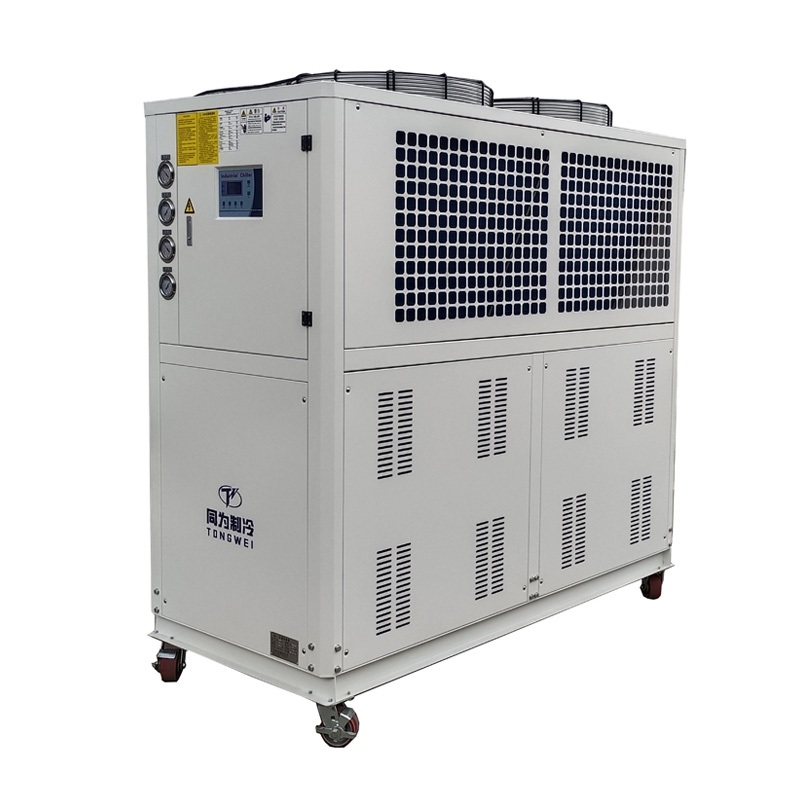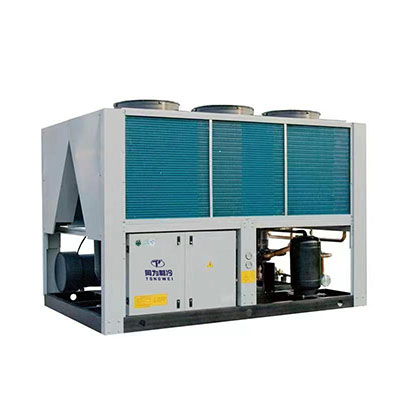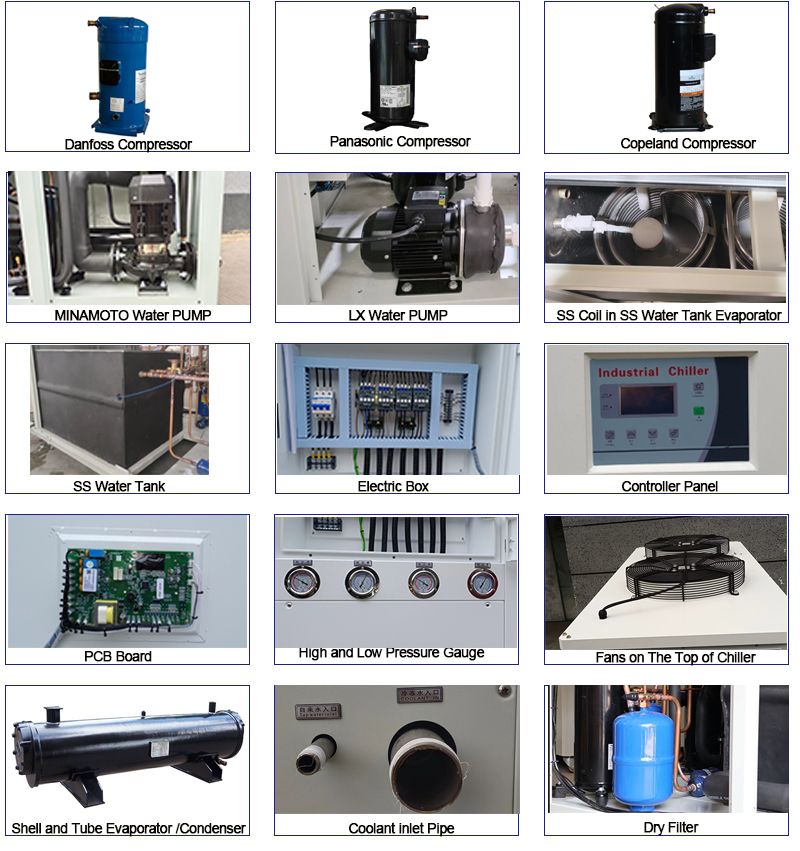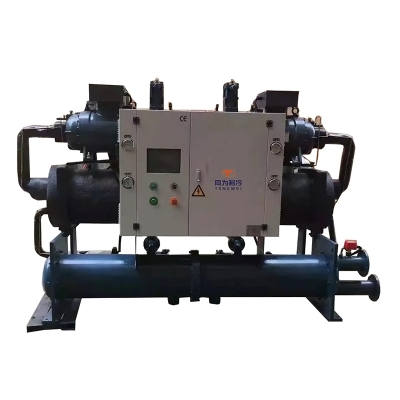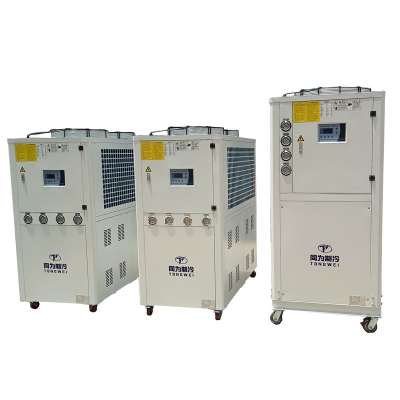Low temperature glycol chiller system is a glycol refrigeration system, is an industrial cooling chiller that uses a water and glycol mixture as a coolant which allows it to efficiently transfer heat and maintain temperature control in different kinds of industrial applications, particularly in applications that involve cooling liquids or equipment.
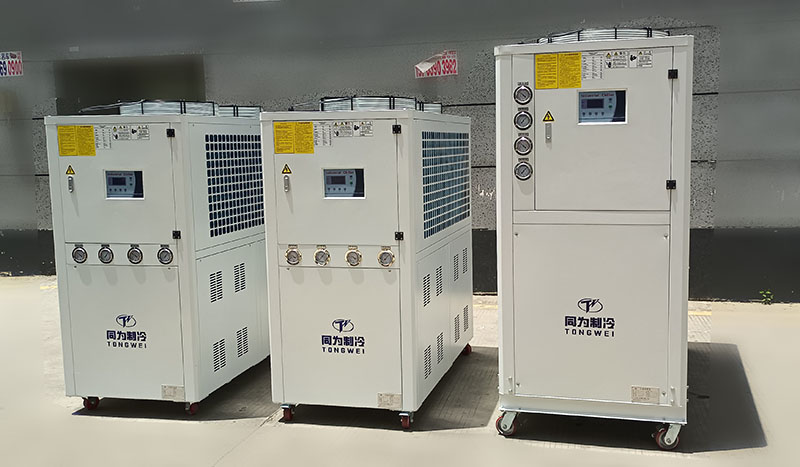
Overload Protection
High and Low Pressure Alarm
Water Level Indicator
Inverse Phase Alarm
Water Flow
Anti-Freeze Protection
2.What Are The Main Components of Low Temperature Glycol Chiller System?
2.1 Compressor
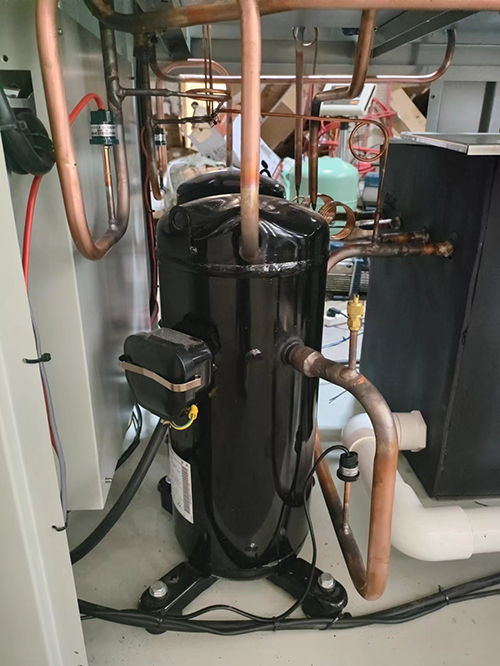
Panasonic Compressor
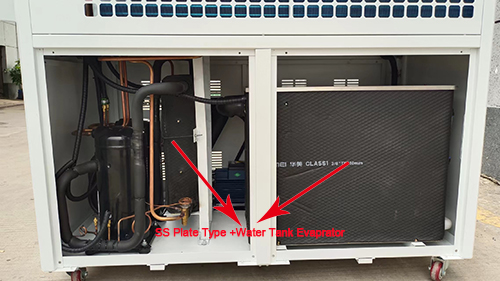
SS Plate Type+ Water Tank Evaporator
2.3 Water Pump
The water pump is designed to increase the pressure and the flow of the chilled water in a closed space.
the water pressure water pump for chiller is about 2 bar , but if you need more higher water pressure , pls tell us when you inquiry .For example ,when you use chillers for cooling bottle blowing machine ,the water pressure for water pump need about 4 bar .

Water Pump

High Pressure Water Pump
2.4 Condenser
The condenser for air cooled glycol chiller system is equipped with efficient cross-seam fins and female threaded copper tubes for high heat exchange efficiency and good stability.Its function is to cool down the refrigerant steam released from the compressor into a liquid or gas-liquid mixture.
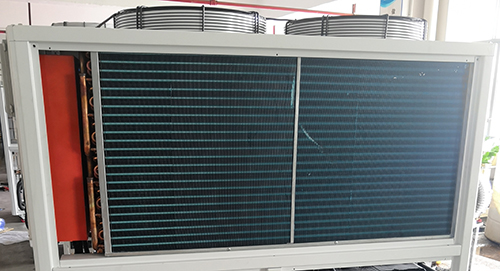
Aluminum fin+fan Condenser
2.5 Controller Panel
Tongwei chillers use precision digital temperature controller, it RS485 communication port,which can do remote monitoring and control. Simple operation, low failure rate, high safety factor, easy installation.
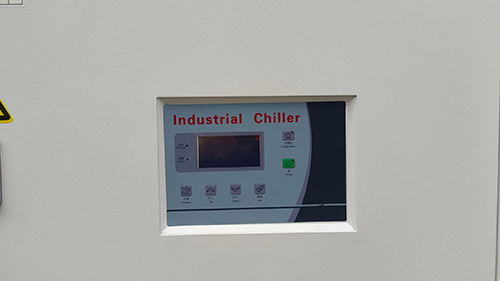
Controller Panel
3.What is the Difference Between Low Temperature Glycol Scroll Chiller System and Low Temperature Glycol Screw Chiller System?
Low Temperature Glycol Scroll Chiller Low Temperature Glycol Screw Chiller System
▪ 1hp-60HP Above 60HP
▪ Danfoss/Panasonic Scroll Compressor Hanbell/Bitzer Screw compressor
▪Built with water tank and water pump Without water tank and water pump
Comparison of Ethylene Glycol and Propylene Glycol
targets the kidneys
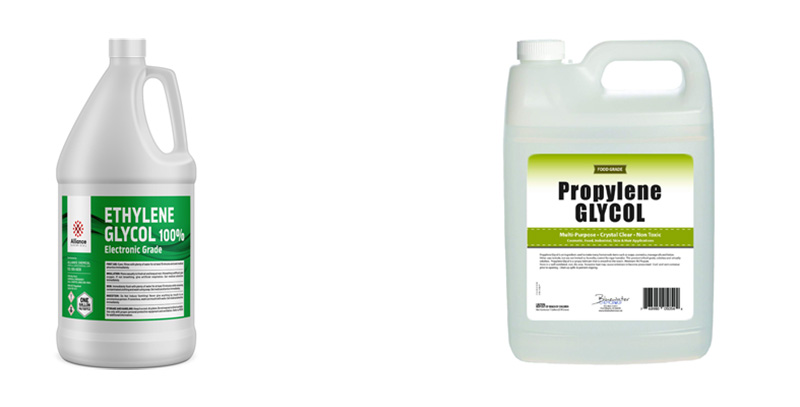

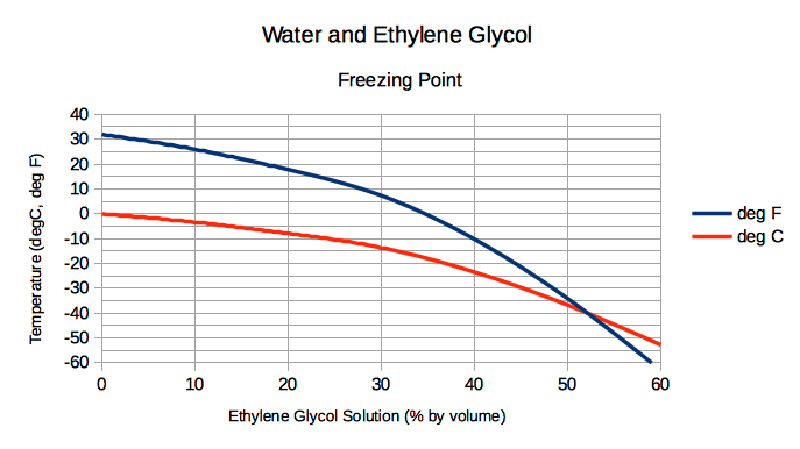
Glycol Water Water Temperature

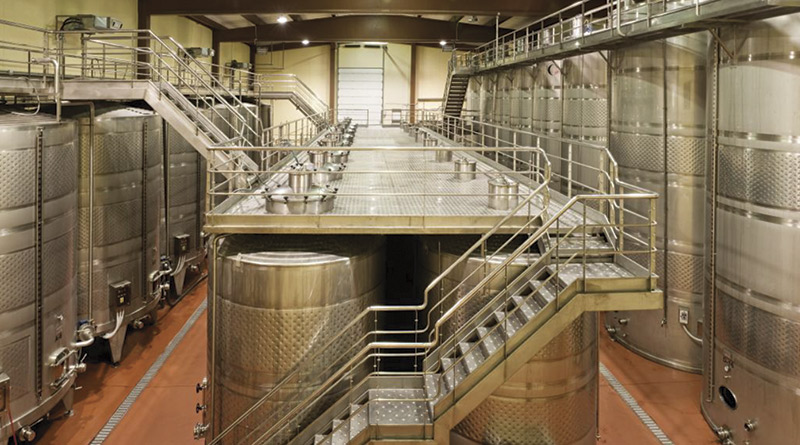
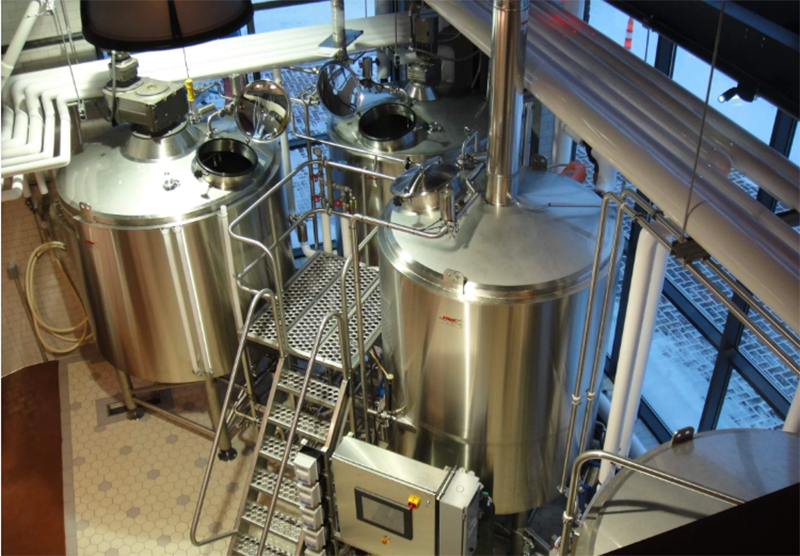
Glycol Chiller for Cider Mills
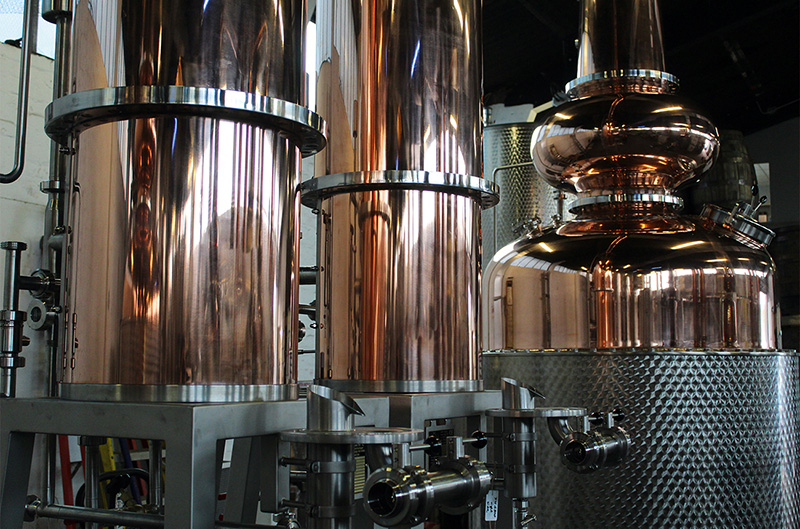
Glycol Chiller for Distilleries



Air-cooled Glycol Chiller Installation for Reference

Water-cooled Glycol Chiller Installation for Reference
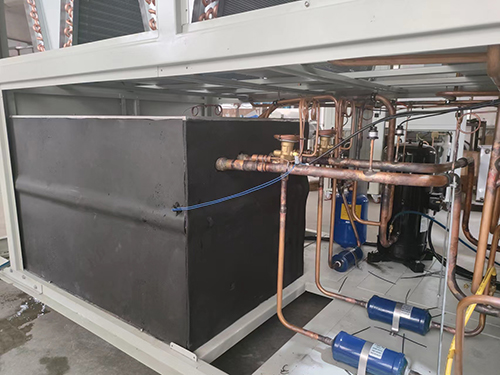
10.Contact Us to Learn More About Our Low Temperature Glycol Chiller System
Don’t delay in making the best decision for your manufacturing business and your future by increasing your production capabilities with low temperature glycol chiller. Contact us today for more information on a chiller.
Our probessional team will help you with any questions you have on our chiller units. We look forward to hearing from you!







